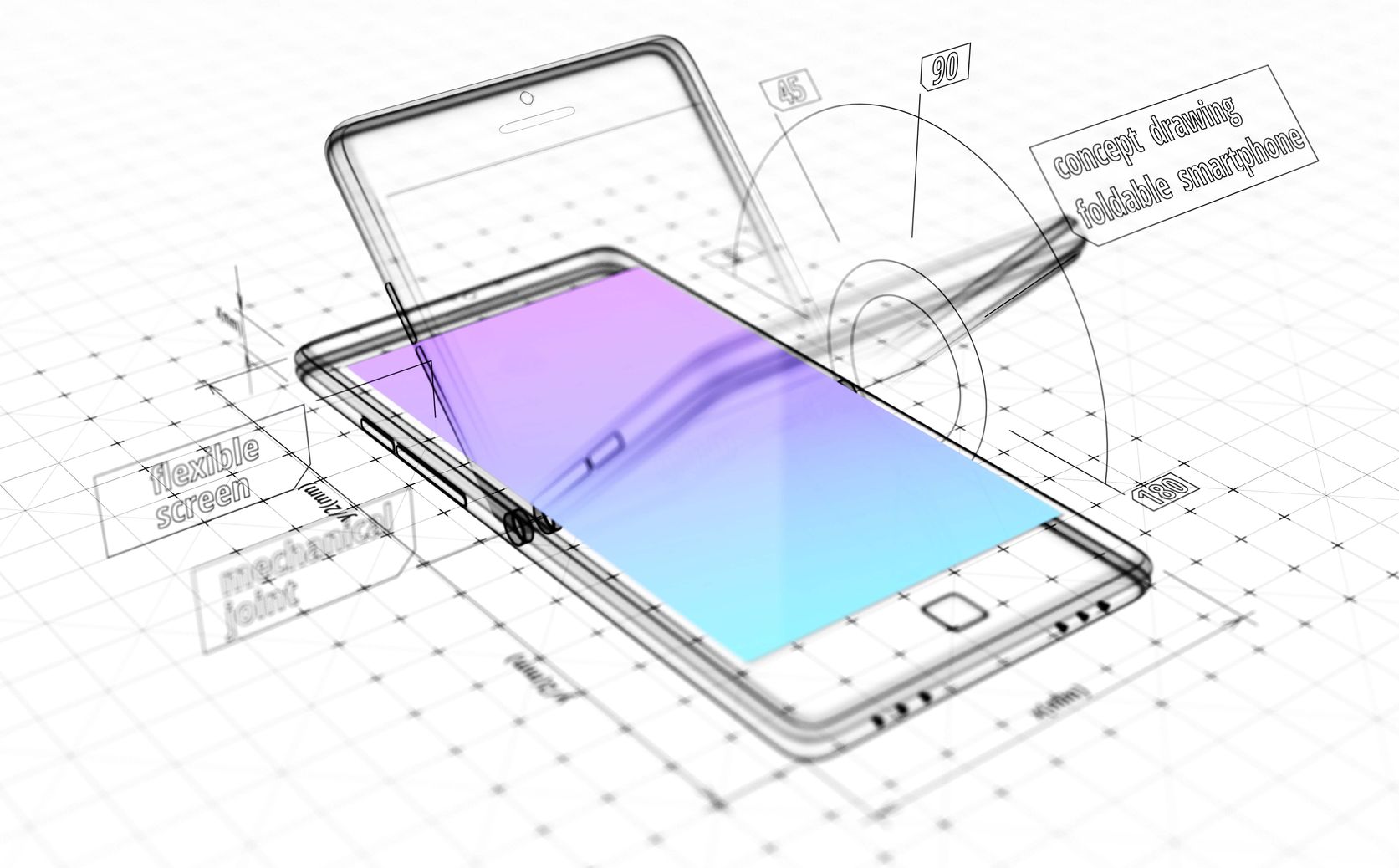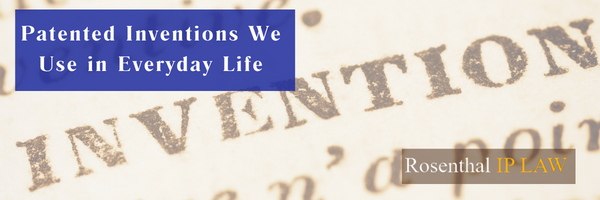Patent Law
You want to work with a patent attorney who can help you gain and maintain the full value of your inventions. If you have developed an invention or design, obtaining a patent provides you with vital benefits of exclusive use of your invention. Is your invention eligible for a patent? Call Rosenthal IP Law today to find out.
Home > Areas Of Law > Patent Law
Patent Law Attorney
Understand Patent Eligibility & IP Assessment for a Successful Patent Application
We Protect Your Ideas So That You Can Profit from Them
If you have come up with an invention that you believe is unique and valuable, it is strongly suggested that you file a patent to protect your inventions from being reproduced. Filing with the U.S. Patent and Trademark Office can be a complicated process, but navigating the application can be extremely rewarding when you are able to practice your invention without worrying about competitors copying you
This is the first step in bringing a successful innovation to market. Figuring out if and how to protect your bright idea can feel overwhelming. But patents don’t have to be puzzling. We simplify the process, smoothly guiding you each step of the way. We tailor your legal strategy based on your business goals.
At Rosenthal IP Law, we protect and build a protected foundation for your innovation.
Contact us to learn how investing in patents and trademarks will safeguard your intellectual property and create equity for your business.
What Is a Patent?
A patent gives you the right to prevent others from practicing and profiting from your invention
Your patent protects you from competitors releasing lower-priced or lower quality versions of your original and useful invention.
Your patent also gives you the right to improve your product or process within the scope of the patent. That means someone else can’t take your invention and make it better without first licensing the original design from you.
Patent
Law
> Patent Search
> Patent Eligibility
> Provisional Patent
Application
> Non Provisional Patent Application
> Clothing Patents
> Automotive Patents
> Cosmetic Patents
> Food Patents
> Computer Science
Patents
> Music Patents
> Medical Patents
> Pharmaceutical Patents
> Software Patents
What Is a Patent Eligibility?
Patent eligibility refers to whether or not your claimed invention fits the criteria to apply for a patent,
Do you have what you think is a unique idea for a product?
Determining if it’s patentable can be tricky. You need the expertise and knowledge of a board-certified patent attorney.
At Rosenthal IP Law,
we consider
the criteria your invention needs to meet to successfully apply for a patent, and we then walk you through the steps with to apply for a patent.
We Specialize in Utility and Design Patents
What are patentable falls into one of three categories:
- utility patents
- design patents
- Plant patents
These categories refer to the types of patents you can receive.

Utility Patents
Utility patent applies to nearly all inventions that are novel and useful, which means they serve a purpose to achieve an objective. Utility patents apply to:
- Business processes, software, and methods
- Machines (manufactured items that perform a function)
- Products (called "articles of manufacture," or anything that can be manufactured)
- Compositions of matter (chemical compounds and artificial or isolated genetic materials)
Utility patents generally last 20 years as long as you pay maintenance fees and don’t let the patent lapse
Design Patents
Design patents refer to something that may not serve a useful purpose but is unique and decorative or ornamental.
For instance, the recliner mechanism on an easy chair could be patented with a utility patent, because it’s useful and helps achieve an objective. But the unique shape of the chair would be protected by a design patent.
Intellectual Property Evaluation: What Are the Three Basic Criteria for Getting a Patent?
Your invention will need to qualify as patentable and fall into one of the categories listed to potentially qualify for a patent. Also, your invention must meet three essential criteria to qualify for a patent.
The patent must be for something original.
Original, meaning a new invention that hasn’t been seen, used, or even described in writing before. Not surprisingly, if a patent already exists for an invention, you can’t file a patent for it. If you’ve invented something, make sure to file for a patent within one year of introducing it to the world, selling it, using it, or even describing it in a printed publication or online. Otherwise, you may be denied the patent on your own invention. If your invention offers a new twist on existing technology, it must represent a significant and measurable advance from the previous design.
For instance, for decades people started vehicles with internal combustion engines by putting a key into the ignition and turning it. A keyless ignition system that operates through infrared technology and software within the vehicle represents a novel way of turning on passenger vehicles, even though it accomplishes the same objective as keyed ignition systems.
Most countries do not have the one-year grace period like the US, so you may be barred from protecting your invention in foreign countries.
Your invention must be "unapparent."
According to regulations, your invention must not be obvious to the average person. If you combined several patents, you couldn’t file for a new patent based on the process created. However, if you came up with a new process of doing something that represents a marked improvement and a “unapparent” idea, you may be able to patent that invention.
Request A Call Back
Your invention must be useful.
Finally, to qualify for a utility patent you must prove the invention has a function and is useful. It must have a patentable application. It must have a use.
What does your invention accomplish? Does it do something that’s necessary?
You could create a piece of modern art to sit in the corner of a living room. But if it only functions as decorative art, it's likely it wouldn’t be granted a utility patent. On the other hand, if you designed a piece of modern art that contained wireless smartphone charging technology within the top and a flat surface on which to lay your phone, the sculpture could qualify for a patent. It has a purpose.
Note that “usefulness” only applies to inventions applying for a utility patent, not a design or plant patent.
See What Our Clients Are Saying...
Very pleased! Mr. Rosenthal was professional, diligent, and kept us informed during the entire process of getting our trademark submitted and approved. It is nice using a company that has experience and knows their way around the process. The timeframe was completely inline with what we had been told to expect. We received a true value for our money as the ease and professionalism with which this was handled was well worth it. We are very happy that we used Rosenthal IP Law!
Mark Carty
"We could not hold Larry in higher regard. To have found an attorney that was not only a top-shelf legal practitioner, but also capable of providing legal services in the context of sound business practice was a tall ask. Larry consistently delivered clear, concise legal advice and performance that always exceeded expectations. We have used Larry exclusively and have recommended him without hesitation to our closest business partners."
Brian Giuffrida
Executive Manager, VAPRO Supply, Inc.
We Can Help,
Contact Us Today!
The Best Way to Protect Your Future Is to Take Action Now
Call our office at (908) 666-4663 or fill out the form for a call back. Our lawyers are ready to discuss your case in full detail and confidence
IP Law News



